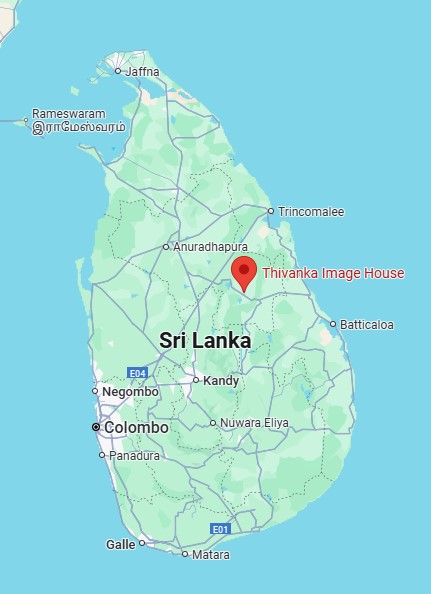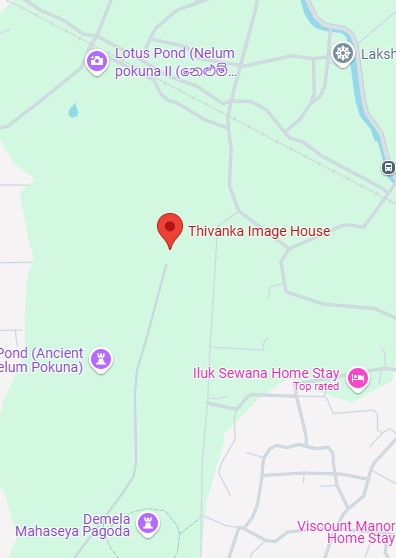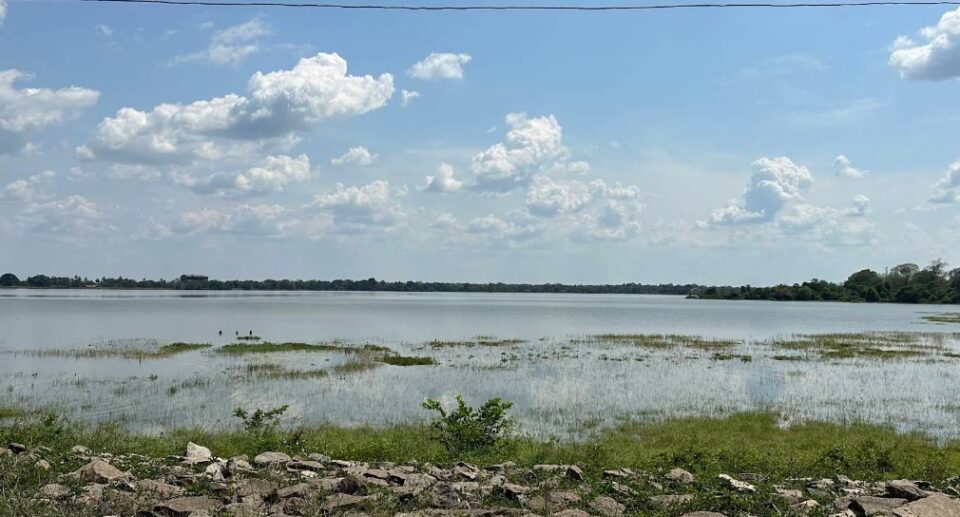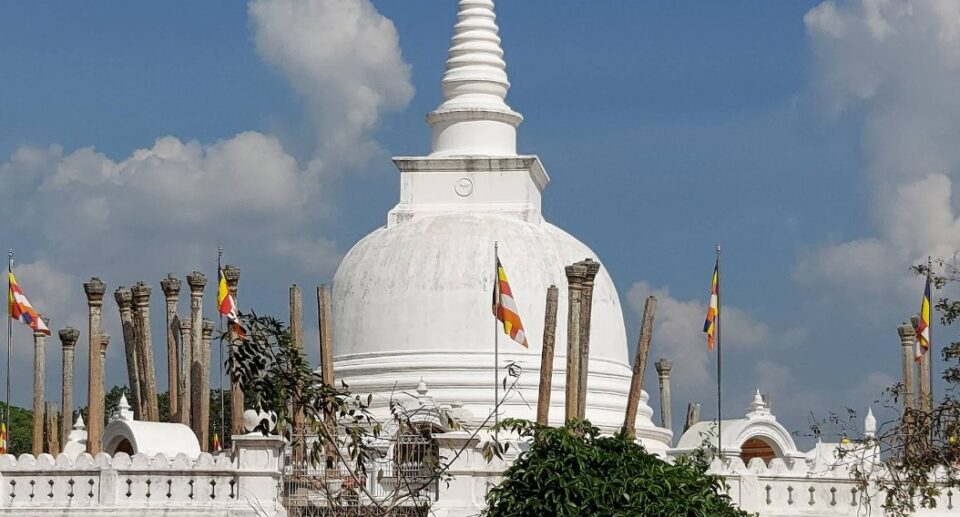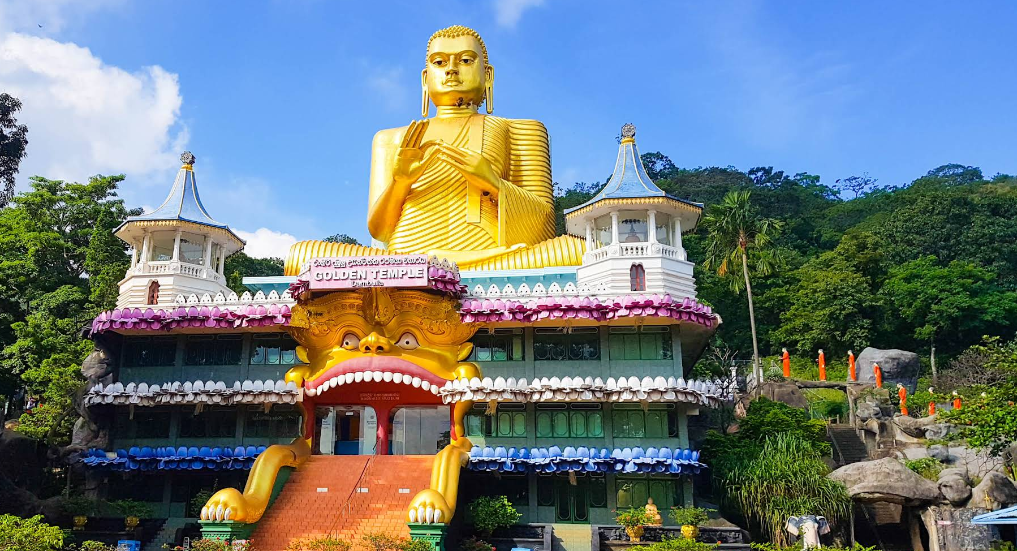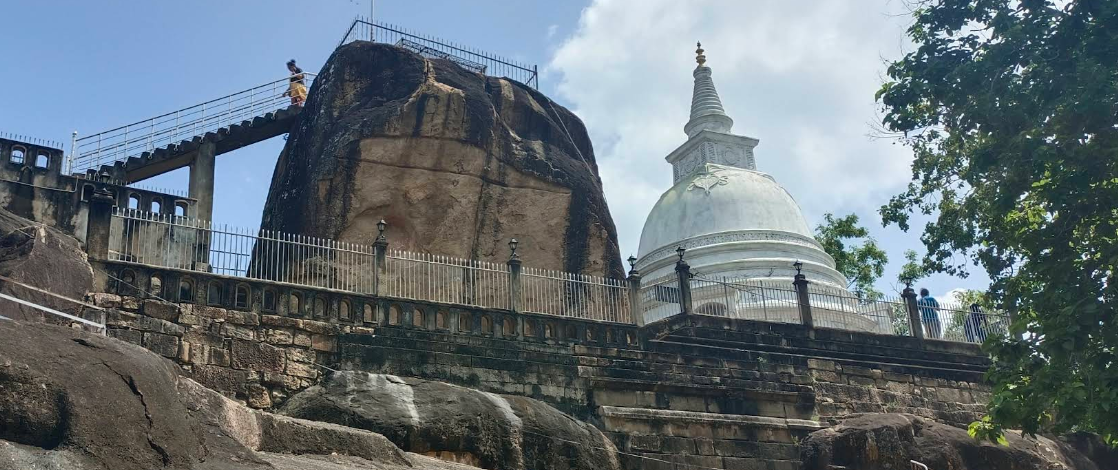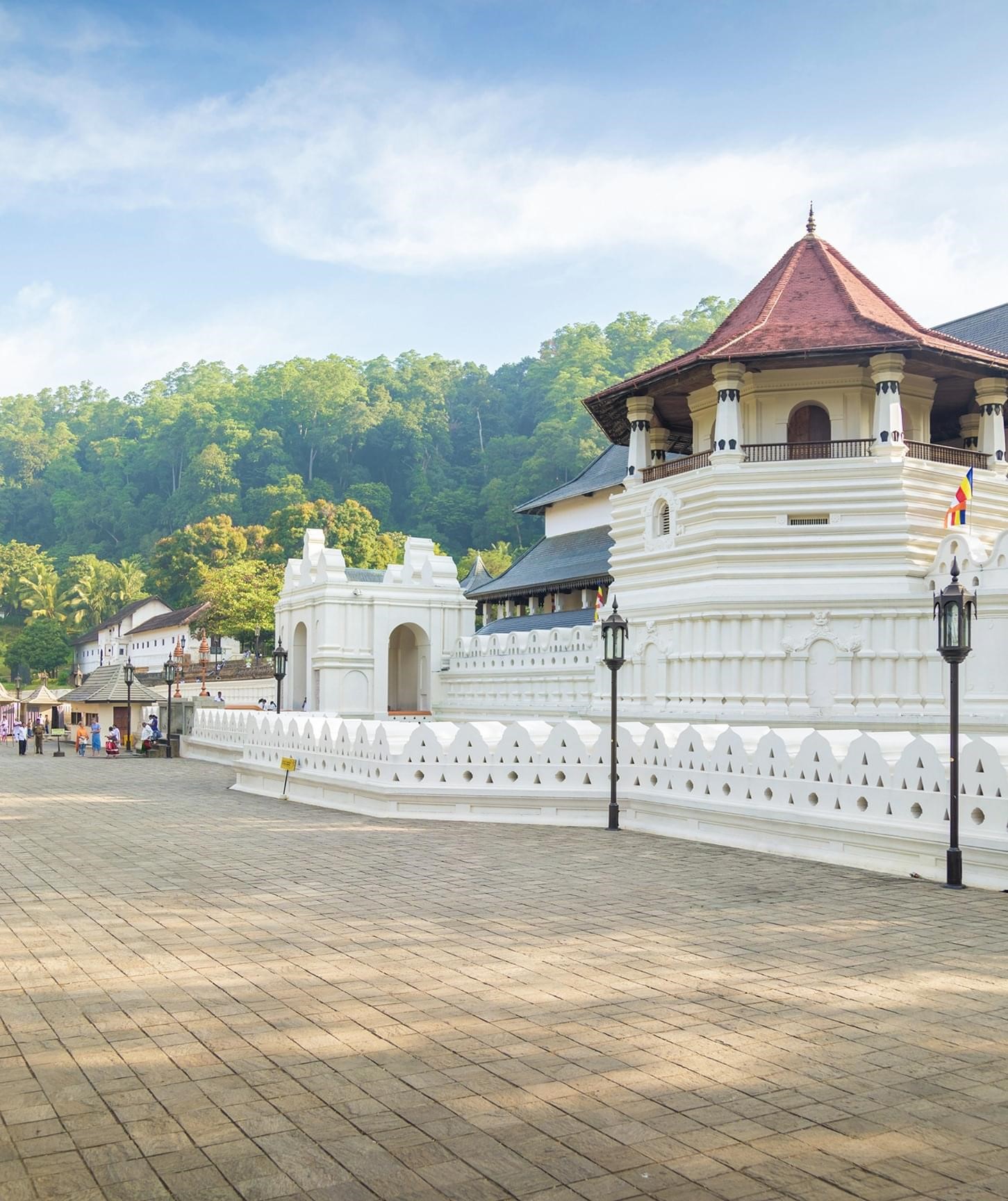Thivanka Pilimage: A Jewel of Ancient Sri Lankan Art and Architecture
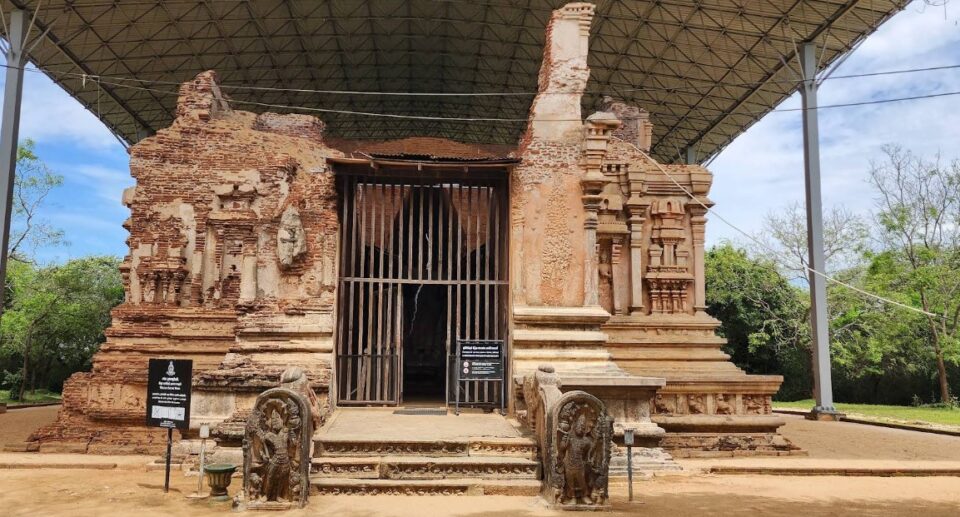
Sri Lanka’s ancient city of Polonnaruwa is a treasure trove of art, architecture, and Buddhist heritage. Its numerous historical wonders include the Thivanka Pilimage, or Thivanka Image House, a glorious expression of the nation’s religious fervor and artistic elegance. Constructed in the 12th century AD during the rule of King Parakramabahu I, the Thivanka Pilimage is proud of its exquisite mural paintings, gigantic Buddha statue, and unique architecture. It has not only been raised as a monument but also as a profound expression of Buddhist philosophy and the superiority of medieval Sri Lankan culture.
Historical Context
The Thivanka Pilimage was built in the Polonnaruwa period, a time when Sri Lanka was experiencing a political and cultural renaissance under the reign of King Parakramabahu I (1153–1186 AD). During his reign, the king commissioned a grand scheme of public works through the construction of monasteries, stupas, temples, reservoirs, and image houses. Polonnaruwa was a thriving hub of Buddhism, and religious architecture was a key component of spiritual and social life, education, and communal cohesion.
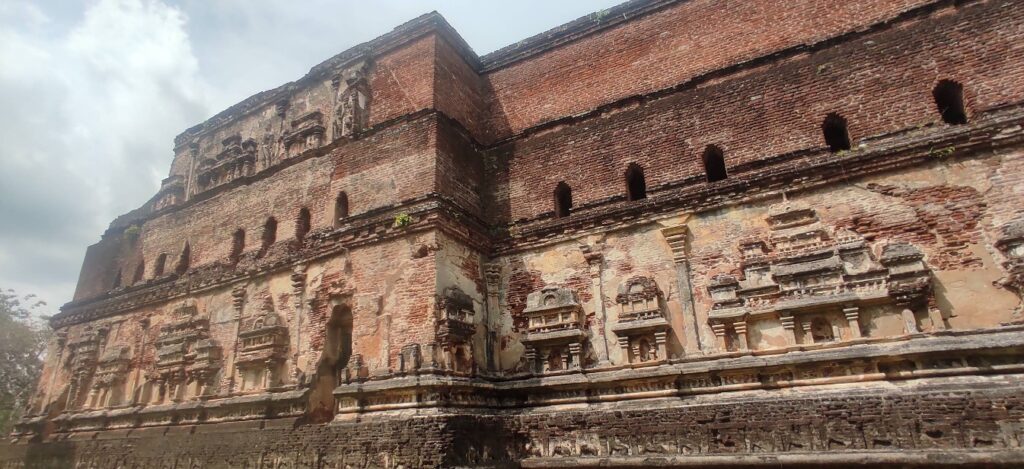
Pilimage” in Sinhala means “Image House,” a shrine or temple specially built to house a Buddha image. “Thivanka” is a name that is translated as “three bends” in English, which refers to the characteristic pose of the Buddha figure in the shrine, which is slightly bent at three points — the neck, waist, and knees — typical of Mahayana Buddhist sculpture.
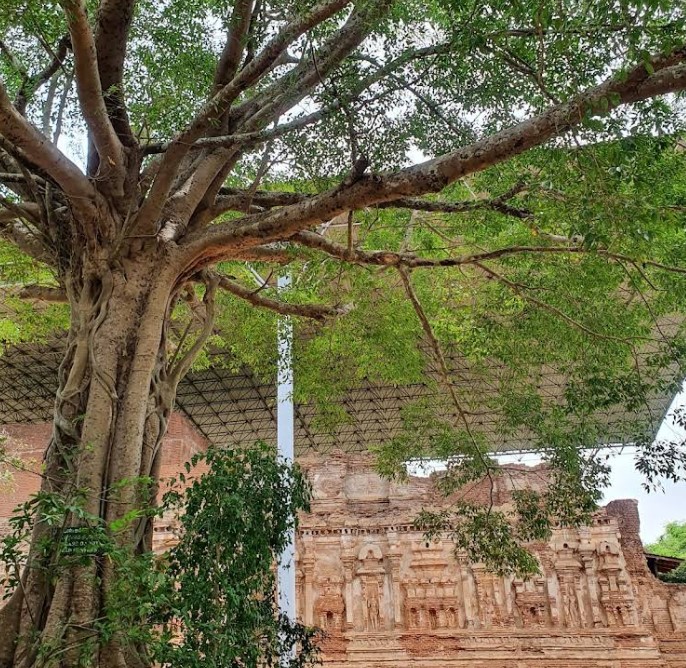
Architectural Features
The Thivanka Pilimage is an image house of brick construction, constructed in the Gedige method — a system of constructing with thick walls of brick and vaulted roofs, and without timber. Though sections of the roof and upper levels have collapsed over the centuries, the walls and central Buddha remain in good condition.
The building is rectangular in shape and faces the east. It originally had a vaulted roof as well as an extravagantly decorated façade. The building entrance is through a mandapa or vestibule prior to gaining access to the sanctum that contains the Buddha image. Blind arcades as well as pilasters covering the exterior walls indicate the influence of South Indian as well as indigenous Sinhalese design. The general building in overall design demonstrates a blend of architectural design as well as religious icons that was completely successful.
The Thivanka Buddha Statue
The central theme of the shrine is the standing Buddha statue, which stands at a height of some 8 meters (26 feet). Incised from stucco on a brick core, the statue portrays the Buddha in the thivanka pose – a serene, dignified pose in which the figure is bent in three points. This pose is less used in the art of Mahayana Buddhism, which was more common under the Polonnaruwa era in Sri Lanka.
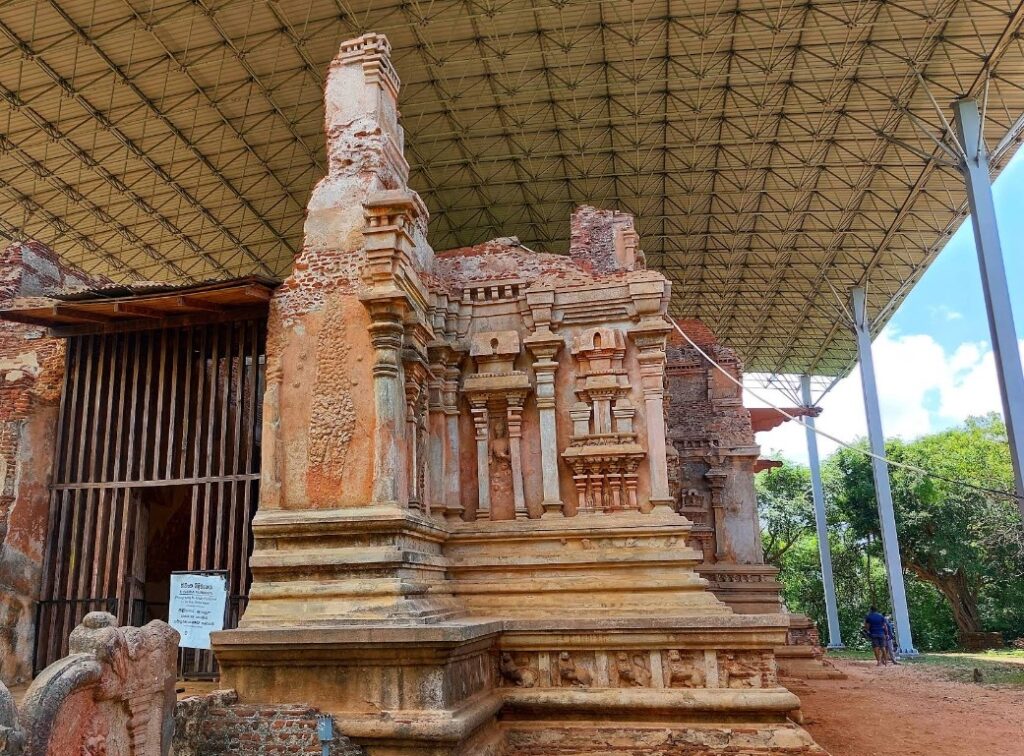
While partially destroyed, the statue still has much of its original beauty. The robe folds are sensitively rendered, and the facial expression conveys serenity and kindness. The image captures the spiritual aspirations of Mahayana Buddhism, highlighting the loving heart of the Buddha and his proximity to devotees.
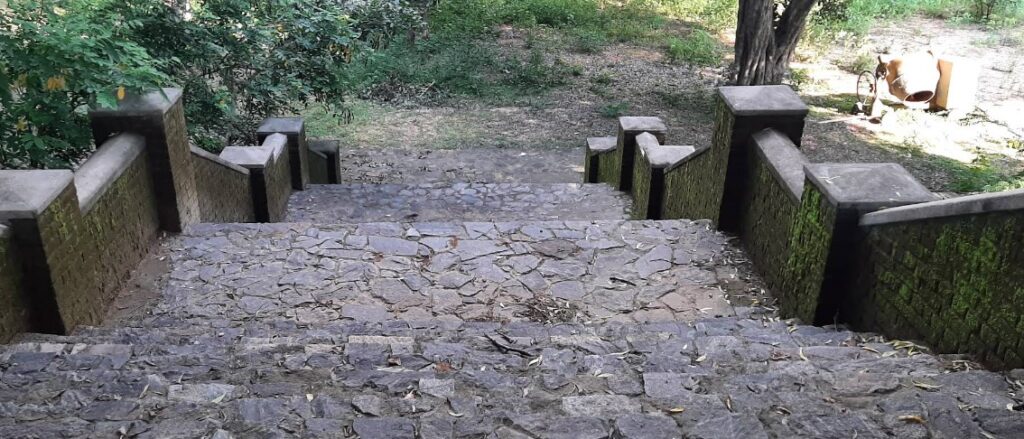
Exquisite Wall Paintings
What truly distinguish the Thivanka Pilimage are its mural paintings, which are the most preserved ancient frescoes of Sri Lanka. The inner chamber is wrapped with narrative murals of Jataka stories — accounts of the past lives of the Buddha. These bright paintings were both ornament and instruction, imparting moral teachings and religious teachings.
The murals are painted in a tempera method with natural pigments over a plaster ground. They incorporate earth tones — reds, browns, ochres, and greens — and feature fine detail in clothing, buildings, animals, and faces. Scenes are arranged in horizontal bands and fill almost every square inch of the interior walls.
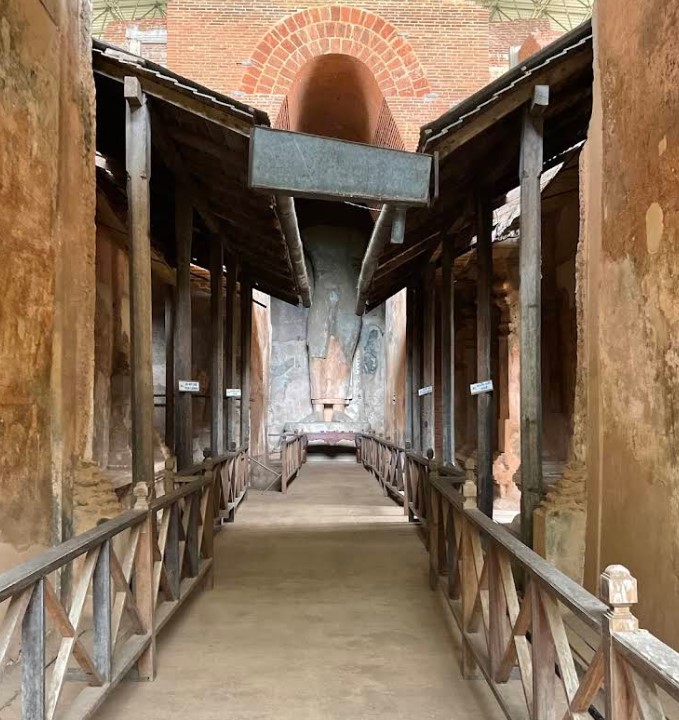
Of the tales illustrated, the most striking are the Vessantara Jataka, depicting the magnificent generosity of the Buddha, and the Sama Jataka, depicting filial piety. They were designed to teach and encourage pilgrims, keeping them mindful of Buddhist values such as compassion, self-sacrifice, and wisdom.
Religious Significance
As a house of images, the Thivanka Pilimage was a devotional worship and meditation location. The followers would come to worship the Buddha image, chant scriptures, and meditate over the painted stories. The building’s design and decoration convey Buddhist cosmology and spiritual development, guiding the worshippers from the worldly to the ultimate.
While Theravāda is the dominant Buddhism of Sri Lanka, Mahayana Buddhism played a significant role in the Polonnaruwa period. The elements of Mahayana that are evident — such as the thivanka statue and the presence of some gods — represent a period of religious tolerance and intellectual diversity. Thivanka Pilimage is the finest expression of this synthesis and exhibits a rich, inclusive spiritual tradition.
Preservation and Modern Importance
Over the centuries, the Thivanka Pilimage has also suffered damage due to natural wear and tear, invasions, and neglect. Conservation by Sri Lankan authorities and UNESCO, however, has stabilized and saved this valuable site. Today, tourists are able to visit the surviving murals and statue, although photographs are not allowed within the image house to protect the delicate artwork.
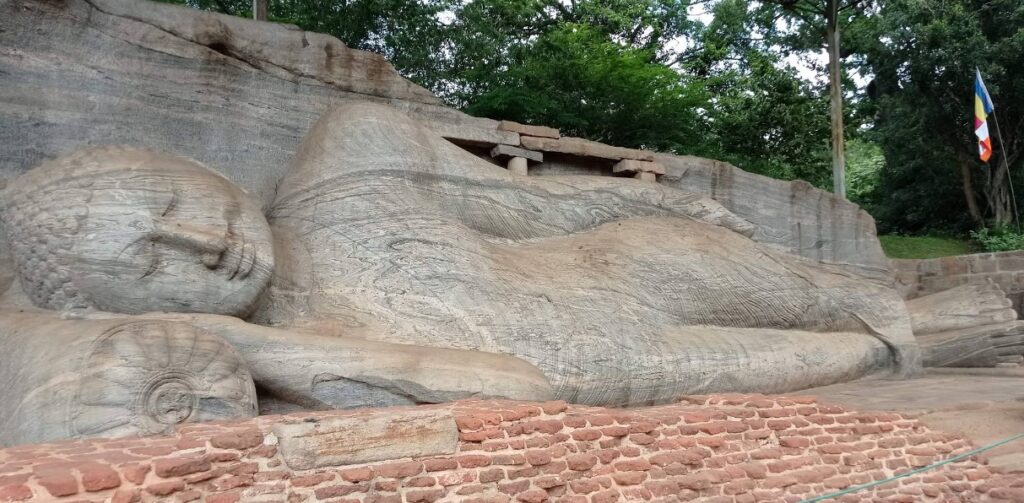
Nowadays, Thivanka Pilimage is part of Sri Lanka’s heritage. It is part of the UNESCO World Heritage-listed Sacred City of Polonnaruwa, and it is a must-see for historians, archaeologists, students, and tourists. It is a testament to the artistry and spirituality of ancient Sri Lanka.
Educational Value
Thivanka Pilimage is likewise an excellent source book for scholars of South Asian religion and art. Murals contain details of ancient dressing, buildings, social customs, and beliefs. Murals describe how Buddhist teachings were conveyed graphically to a people who may not have been literate, hence making religion accessible to the masses of all walks of life.
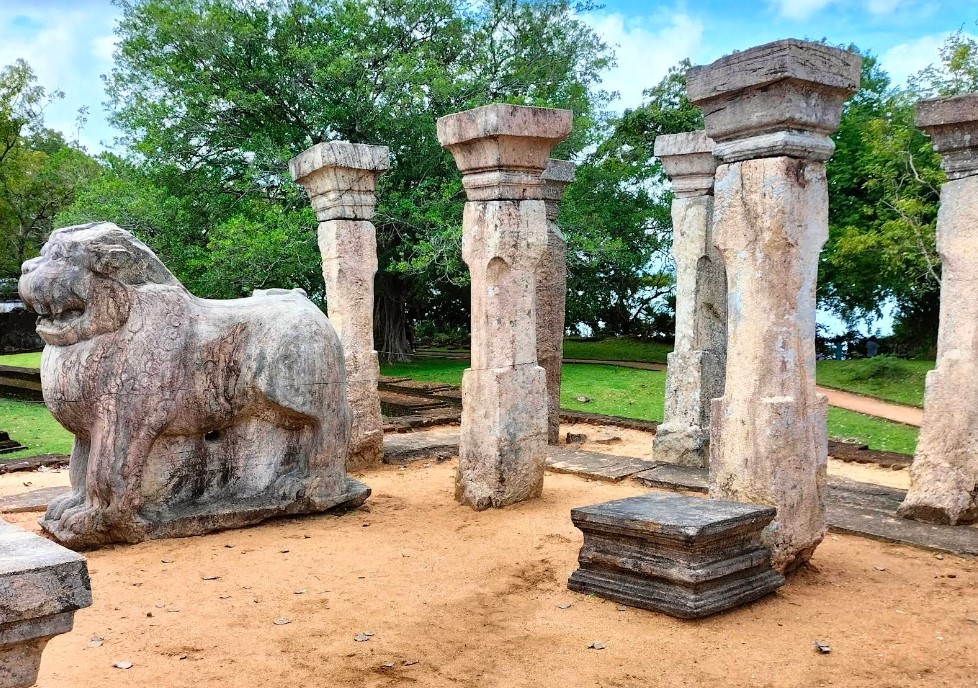
For architecture students, the shrine exemplifies structural genius, notably in the use of brick vaulting and buttressed walls. For painters, the shrine is a masterclass in composition, color and harmony, and narrative painting.
Tourism and Responsible Travel
With tourism to Polonnaruwa comes greater responsibility to travel responsibly. Tourists must respect the spiritual nature of the Thivanka Pilimage by:, Not taking flash photos ,Not touching the walls and statues In accordance with guides’ or local authorities’ advice

Support for local preservation of heritage, and call for traditional crafts and arts, helps to preserve the cultural context which nurtured such monuments as the Thivanka Pilimage.
The Thivanka Pilimage is so much more than an existing image house of yesteryears; it is a living testament to Sri Lanka’s glorious past. Designed by an enlightened king, adorned with vivid murals and an effervescent image of the Buddha, it is a reflection of the religious fervor, artistic excellence, and cultural tolerance of the times at Polonnaruwa.
As present-day Sri Lanka rebuilds its future, Thivanka Pilimage serves as a bridge to its past — a reminder of the time-honored traditions of compassion, wisdom, and creativity. Such monuments’ preservation and derivation of lessons therefrom is not merely a matter of national pride but an endeavor to discover human beings’ shared cultural heritage.
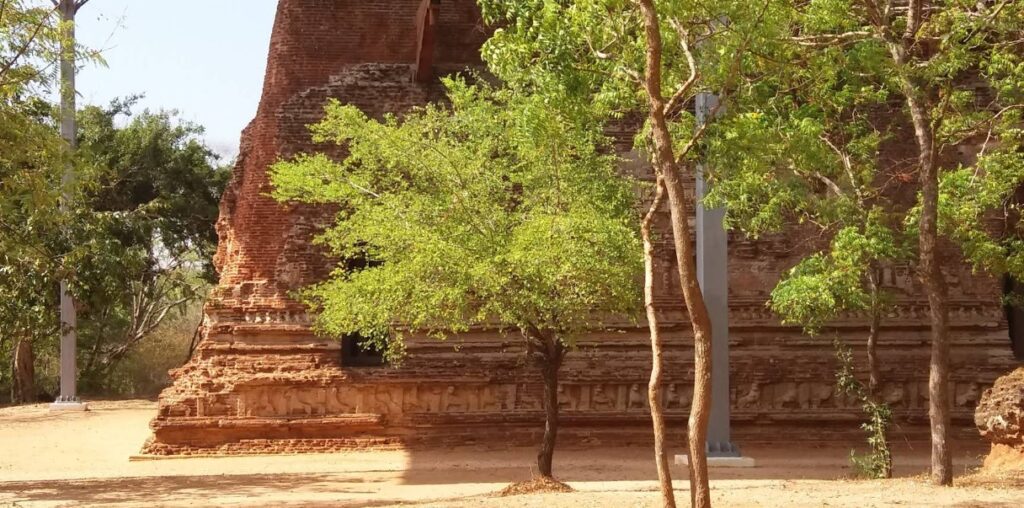
Where Is Thivanka Pilimage?
- Located within the Polonnaruwa Ancient City
- About 1.5 km northeast of the main Polonnaruwa archaeological site
- Nearest town: Polonnaruwa
How to Get to Polonnaruwa (from major cities)
From Colombo
- By Car: ~5.5 to 6 hours (via Kurunegala and Dambulla)
- By Bus: Intercity buses available from Colombo Central Bus Stand (Pettah) to Polonnaruwa (6–8 hours)
- By Train: Take the Batticaloa Line from Colombo Fort Station to Polonnaruwa Station (~7 hours)
From Kandy
- By Car/Taxi: ~3.5 to 4 hours
- By Bus: Buses available via Dambulla
- By Train: Train from Kandy to Polonnaruwa via Colombo or Maho Junction (less direct)
From Anuradhapura
- By Car: ~2.5 to 3 hours
- By Bus: Direct buses available or transfer at Habarana
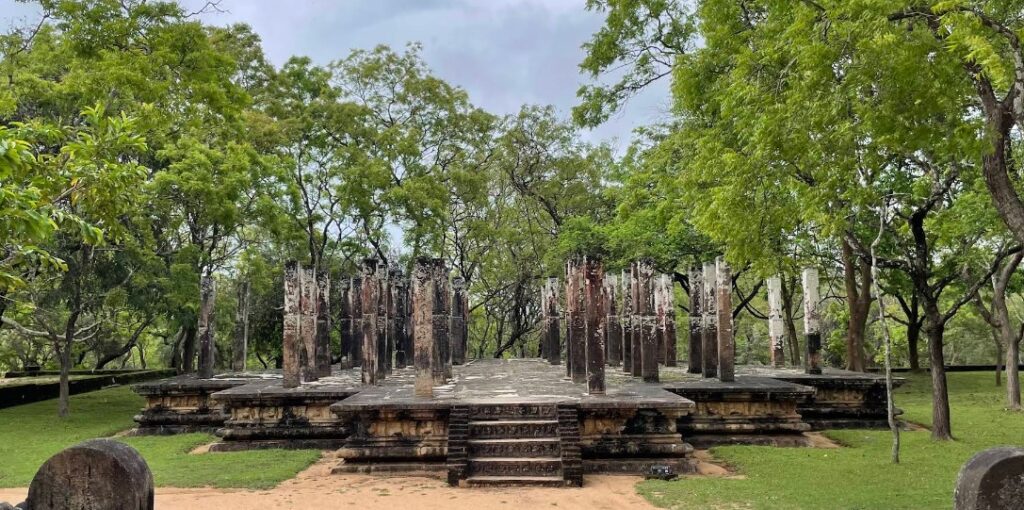
How to Get to Thivanka Pilimage (Once in Polonnaruwa)
Once you reach Polonnaruwa town or the entrance of the Polonnaruwa Archaeological Park, here’s how to reach the Thivanka Image House:
By Bicycle
- Most popular and eco-friendly option
- Rent a bike from your hotel or near the archaeological site entrance (~LKR 500–1000 per day)
- Ride along the inner road of the ancient city toward the eastern edge
By Tuk-Tuk
- Can be hired from the town or inside the archaeological park
- Drivers often offer a guided tour of key sites, including Thivanka Pilimage
On Foot
- If you enjoy walking and exploring, it’s reachable by foot, but distances between ruins are considerable
- Bring water, sun protection, and a hat
Entrance Fee
- Entry to Thivanka Pilimage is included in the Polonnaruwa Cultural Triangle Ticket
- Foreign tourists: ~USD 25–30
- Sri Lankan citizens: Local pricing available
- Tickets available at the main entrance of the archaeological site
Best Time to Visit
- Morning (7:00 AM – 10:00 AM) or late afternoon (3:30 PM – 5:30 PM) to avoid heat
- Dry season months (May to September) offer better walking and cycling conditions
Visitor Tips
- Photography inside may be restricted to protect ancient murals — check with local guards
- Wear modest clothing (as it’s a sacred site)
- No shoes inside the shrine — bring socks if the ground is hot
